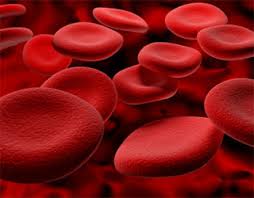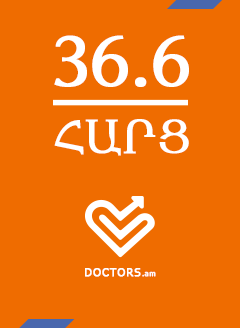Polycythemia is a condition that results in an increased level of circulating red blood cells in the bloodstream. People with polycythemia have an increase in hematocrit, hemoglobin, or red blood cell count above the normal limits.
Polycythemia is normally reported in terms of increased hematocrit or hemoglobin.
Hematocrit (HCT): Polycythemia is considered when the hematocrit is greater than 48% in women and 52% in men.
Hemoglobin (HGB): Polycythemia is considered when a hemoglobin level of greater than 16.5g/dL in women or hemoglobin level greater than18.5 g/dL in men.
Polycythemia can be divided into two categories; primary and secondary.
Primary polycythemia: In primary polycythemia the increase in red blood cells is due to inherent problems in the process of red blood cell production.
Secondary polycythemia: Secondary polycythemia generally occurs as a response to other factors or underlying conditions that promote red blood cell production.
Red cell production (erythropoiesis) takes place in the bone marrow through a complex sequence of tightly regulated steps. The main regulator of the red cell production is the hormone erythropoietin (EPO). This hormone is largely secreted by the kidneys, although, about 10% may be produced and secreted by the liver.
Erythropoietin secretion is up-regulated in response to low oxygen levels (hypoxia) in the blood. More oxygen can be carried to tissues when erythropoietin stimulates red blood cell production in the bone marrow to compensate for the hypoxia.
Neonatal (newborn) polycythemia can be seen in 1% to 5% of newborns. The most common causes may be related to transfusion of blood, transfer of placental blood to the infant after delivery, or chronic inadequate oxygenation of the fetus (intrauterine hypoxia) due to placental insufficiency.

















